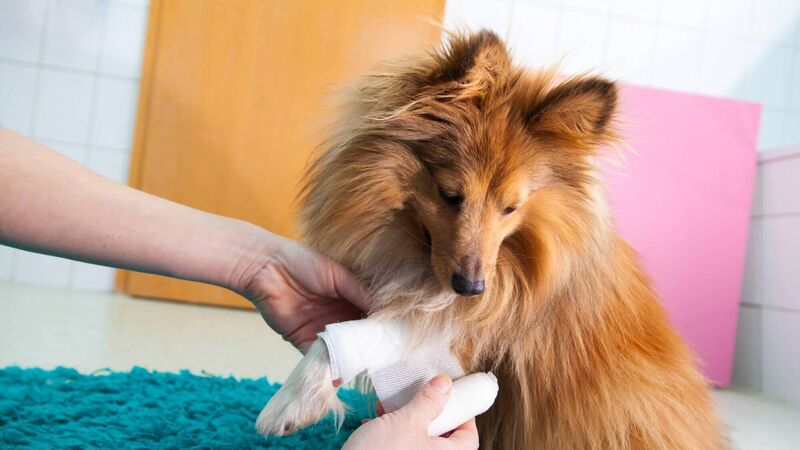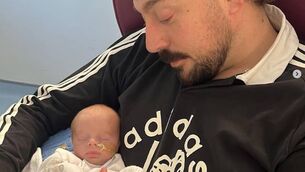Pete the Vet: My pet is injured - what should I do?

What's to be done when your friend is under the weather?
If your pet has an accident, when do you need to drop everything, and get them to the vet at once?
Sometimes, these decisions are simple. There are many examples when it is very obvious that an animal needs urgent veterinary attention. A lurcher stands on a piece of glass while paddling in a river and emerges with a 4cm laceration on their leg, dripping blood. A cat is hit by a car and holds up a front leg, unable to bear any weight on it.







